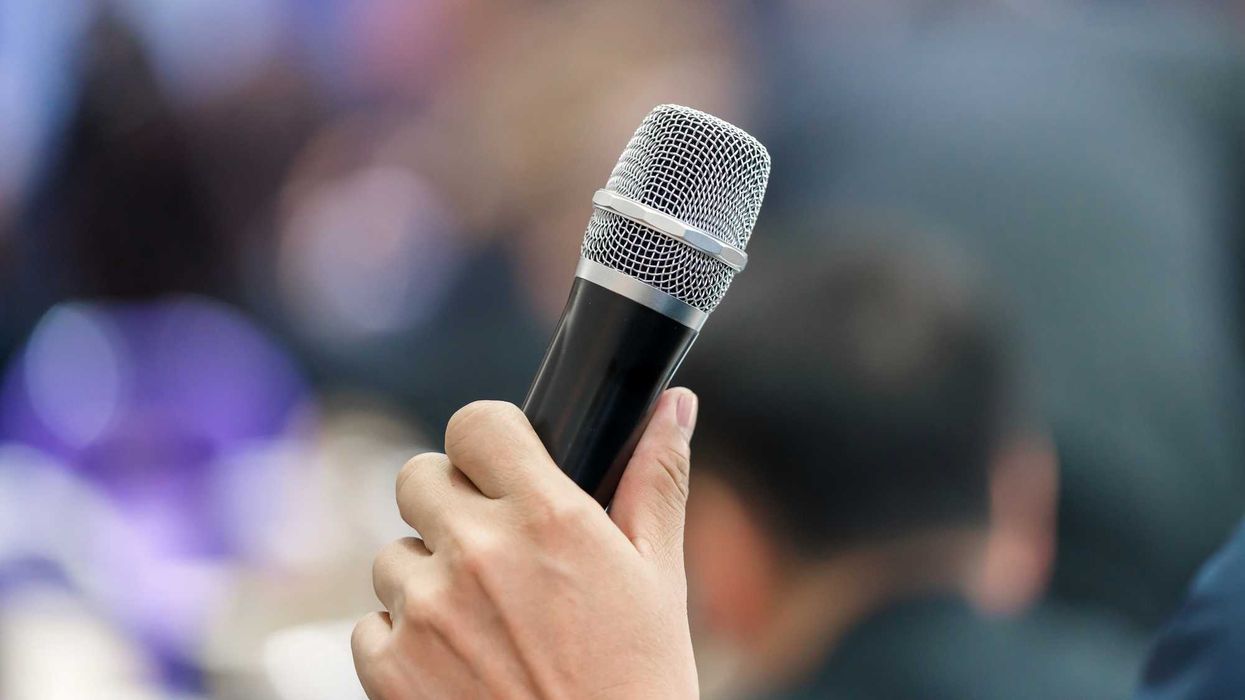One of the hottest concepts in the world of election modernization is "ranked-choice voting" – where rather than selecting one candidate per contest, voters list candidates for each office in order of preference. Whenever no one secures majority support in the first round, an automated runoff among top finishers kicks in.
It's hailed by supporters as a means of giving more power to voters, enhancing the prospects of outsider candidates, boosting civility in campaigns and producing more consensus-minded lawmakers. Detractors see the system as confusing and in someway disenfranchising.
Ranked-choice voting is in use in four states and had a breakout moment this fall, when its first application in a congressional race produced an upset, second-round victory in Maine by Democrat Jared Golden, his cache of second-choice votes propelling him past incumbent GOP Rep. Bruce Poliquin.
Now, another high-profile test for the concept is in the offing. Ranked-choice voting may soon be coming to Maryland's Montgomery County, as The Washington Post detailed. Because the state's most populous county is adjacent to Washington, D.C.,and home to tens of thousands of "opinion leader" professionals who work for the government, lobby federal agencies and donate to candidates, an eventual acceptance of (or disdain for) the system by those local voters could significantly boost (or bust) the momentum for ranked-choice voting in other parts of the country.
At the earliest, the verdict by one of the nation's most politically active electorates will begin to get delivered in two years.

























